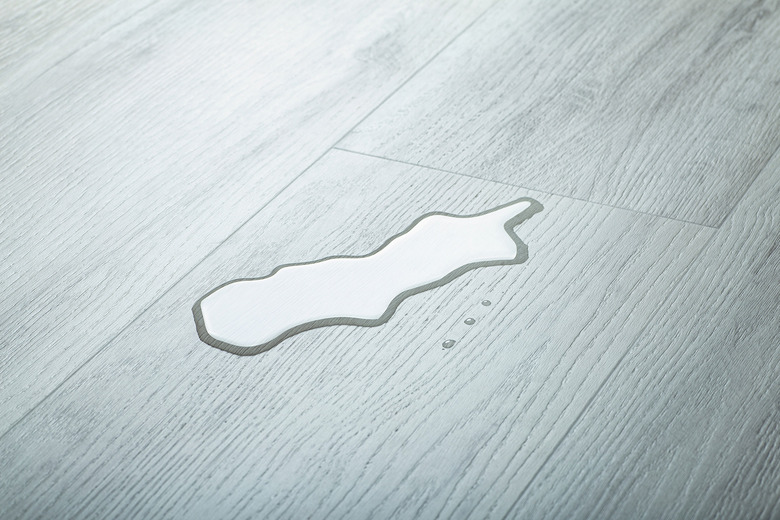Revolutionary Origami-Like Construction Design Uses 60% Less Concrete And 90% Less Steel
Concrete is the backbone of modern construction, but its heavy environmental footprint has long been a challenge for environmentalists. Cement production alone accounts for nearly eight percent of global carbon emissions, and excessive steel reinforcement only makes matters worse. Now, researchers at ETH Zurich have developed an origami-inspired concrete that reduces material use while maintaining structural strength.
Traditional concrete structures rely on thick slabs laden with steel reinforcement to handle structural loads. But researchers with ETH Zurich have pioneered an alternative—a vaulted concrete design that achieves the same stability with much thinner sections and no steel reinforcement.
This concrete technique uses clever geometric designs inspired by origami to distribute forces more efficiently, cutting concrete use by 60 percent and reinforcement steel by 90 percent. The idea began when doctoral student Lotte Scheder-Bieschin developed Unfold Form, a foldable, reusable formwork system that makes laying concrete much easier.
Inspired by origami and natural structures like seashells, this system helps reduce waste, simplify transport, and make sustainable concrete construction accessible anywhere as it doesn't require specialized tools.
Traditional concrete formwork is bulky and wasteful. It is often made from petroleum-based materials like styrofoam, the researchers explain. In contrast, the technique at the heart of this origami-inspired concrete—Unfold Form—consists of thin plywood strips connected by textile hinges.
This allows it to fold out like a fan and be assembled within minutes. Once concrete is poured and cured, the formwork can be collapsed, stored, and reused, making it an eco-friendly and lightweight option for concrete pouring. Combined with the usage of more eco-friendly concrete, Unfold Form could revolutionize how we tackle the carbon emissions surrounding the concrete industry.
The researchers recently tested the origami-inspired concrete system in South Africa, where the formwork was transported in two surfboard bags and used to build a prototype using bio-concrete made from shredded invasive vegetation. The success of this project proves that the technique is scalable and adaptable, even in resource-limited areas.
Now, the researchers are working on a market hall project in Cape Town while also planning training programs to teach local workers how to use the system for affordable, sustainable housing. Because of its low-cost materials, minimal waste, and ease of transport, this origami-inspired concrete could be at the heart of future concrete manufacturing breakthroughs, especially as the industry looks for ways to turn the tide on our losing fight against climate change.
